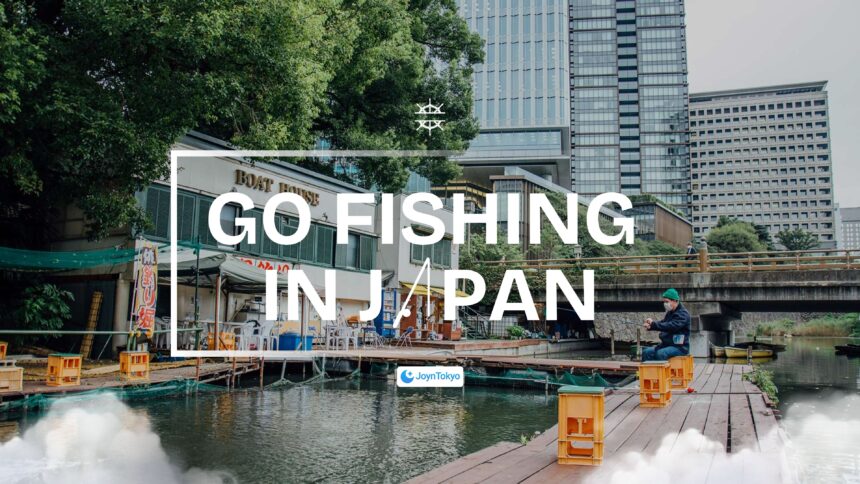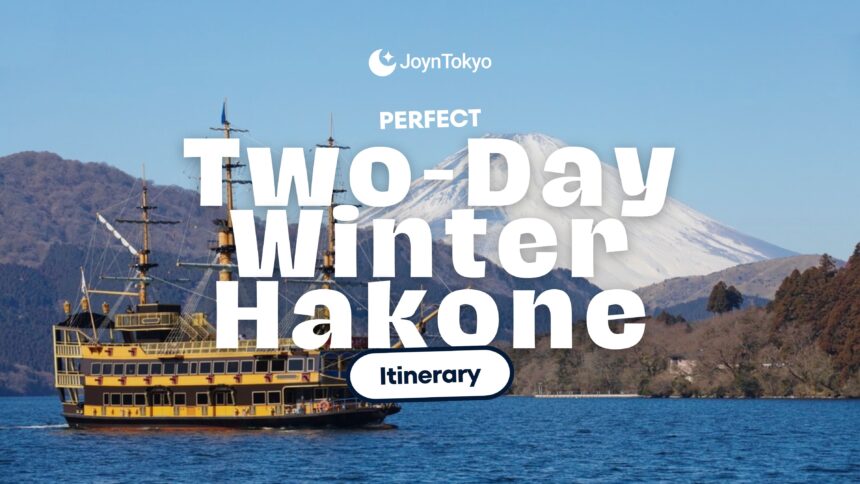Japan’s waterways, which consist of misty mountain creeks, bustling urban canals, and the vast Pacific Ocean, form one of the world’s most diverse angling playgrounds. Today, we want to unpack the seasons, licences, and etiquette you need to fish confidently and courteously while living in Japan.
Why Fishing Is a National Pastime
From grandfathers netting sweetfish, to office workers squeezing in a dawn Tokyo Bay run, angling threads rural traditions and urban life together. Japan is almost synonymous with seafood, and it follows that Japanese people love fishing. If you do, too, then let us help you!
Community Roots
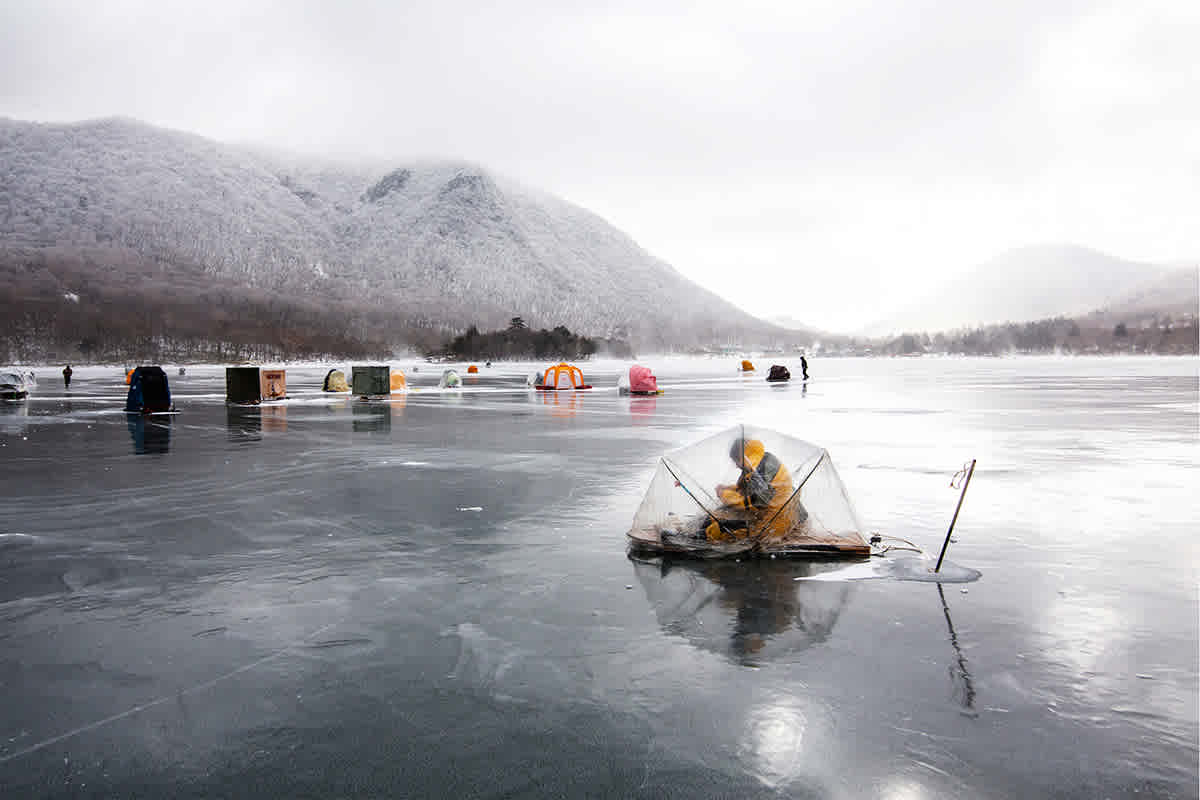
Village festivals often revolve around seasonal catches: one example is Hokkaido’s autumn salmon runs. People who enjoy riverside grilling sessions often welcome newcomers, which can turn a day’s earnest fishing into a cultural exchange!
Modern Gear Culture
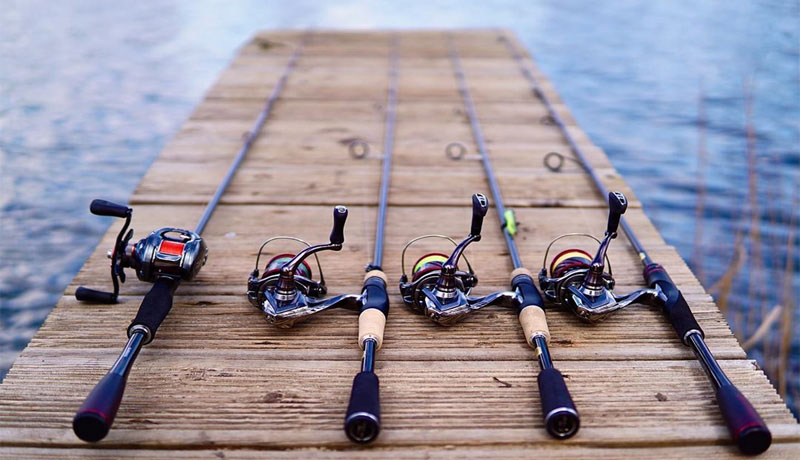
Tech-focused locals will sometimes combine carbon-fibre Shimano reels with more traditional bamboo tenkara rods. English-language socials events, such as “Japan Fishing Friends” organize weekend meet-ups and tackle swaps… what better entry points for expats?
Seasons and Target Species
Japan stretches over 3,000km, north to south, so with that much coast? Something is always biting! Planning around peaks maximizes scenery and success.
Spring (Mar – May): Trout Beneath the Blossoms
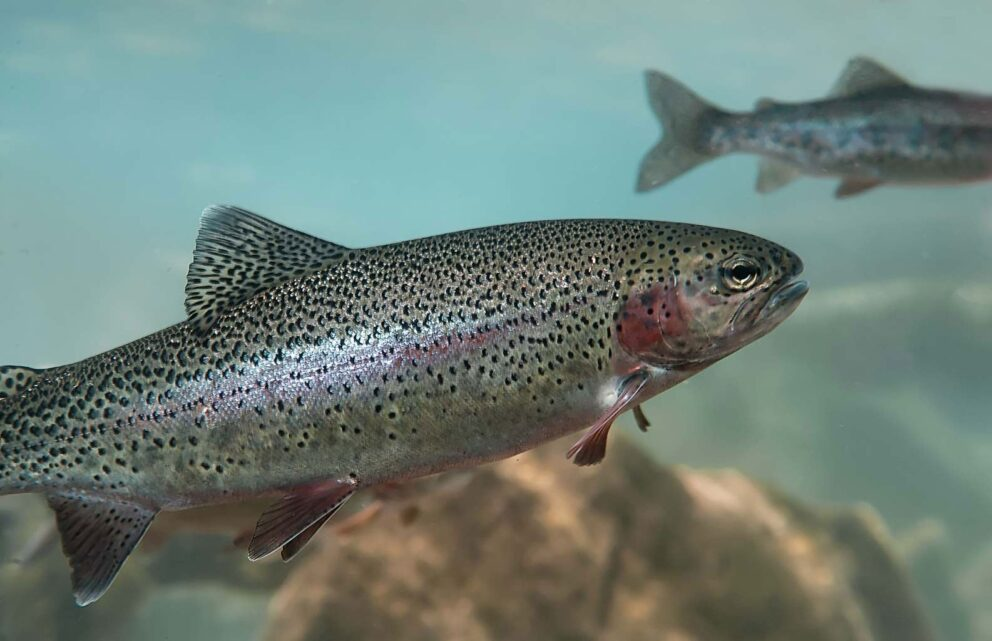
Snow-melt feeds beautiful clear streams where yamame and iwana trout are eager for dry flies. Day permits (roughly ¥1,500) are sold at most convenience stores.
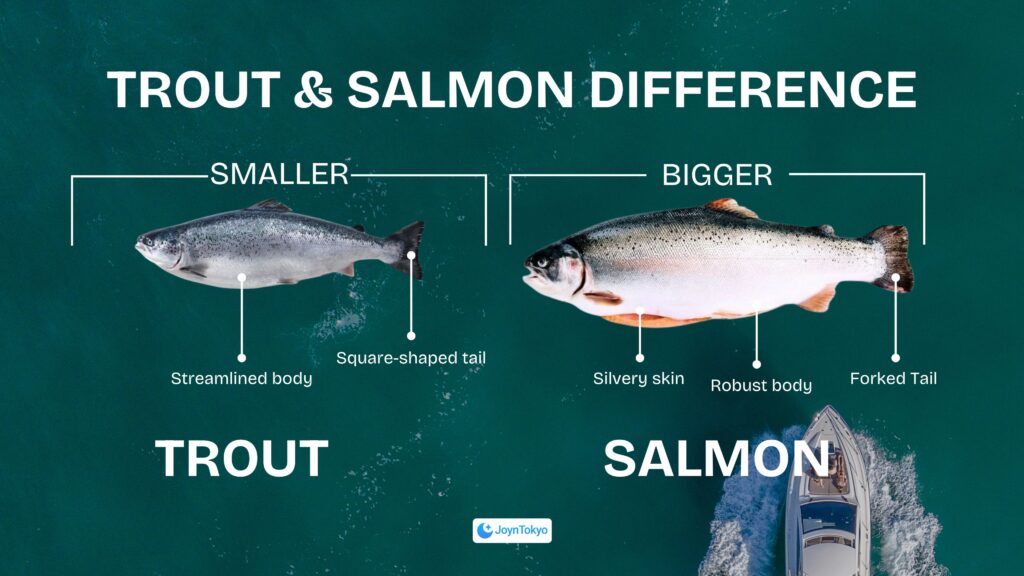
Summer (Jun – Aug): Saltwater Bonanza
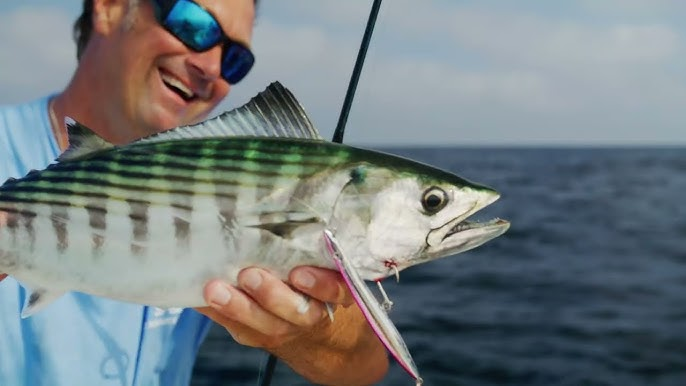
Warm currents draw mackerel, yellowtail, and dolphin fish (also known as mahi-mahi) close to the shore. In Kagoshima and Osaka, night pier fishing on the bays are incredible places to be.
Autumn (Sep – Nov): Ayu in Alpine Rivers

These months are THE time to angle for sweetfish. After you get your catch, the best way to enjoy your haul is to skewered it over a grill, or, indeed, over a fire!
Winter (Dec – Feb): Ice-Fishing for Wakasagi

Frozen lakes in Nagano and Hokkaido are home to rental huts that have terrific heaters. You can even get tempura batter so you can fry smelt on the spot.
Popular Fishing Styles
Freshwater Rivers and Lakes
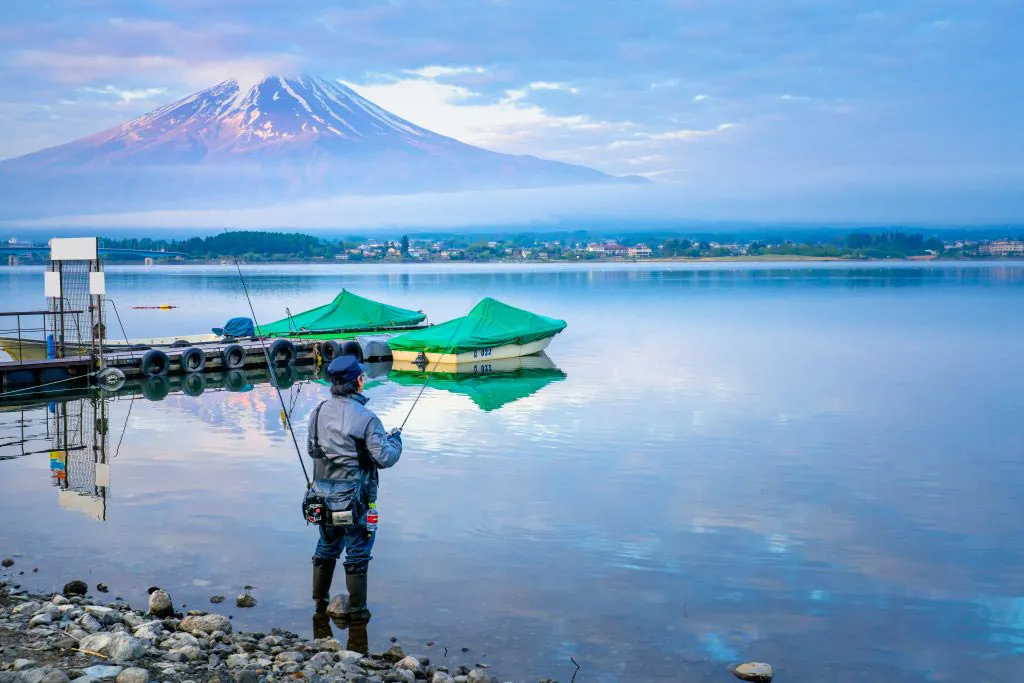
The population of catch-and-release fly anglers is growing, yet many still keep a fish or two for dinner. Remember to rinse your boots before leaving, because manypaths are shared community spaces.
Shore and Pier Hotspots
Urban piers charge under ¥1,000, and also rent rods! A sabiki rig can fill a bucket with sardines in Yokohama within minutes.
Deep-Sea Charters
Book a fune-tsuri boat (¥12 000–¥18 000 half-day) from Tokyo, Shizuoka, or Okinawa. Skippers supply tackle, bait, and filleting services.
Urban Angling in Tokyo
Tidal Rivers and Canals
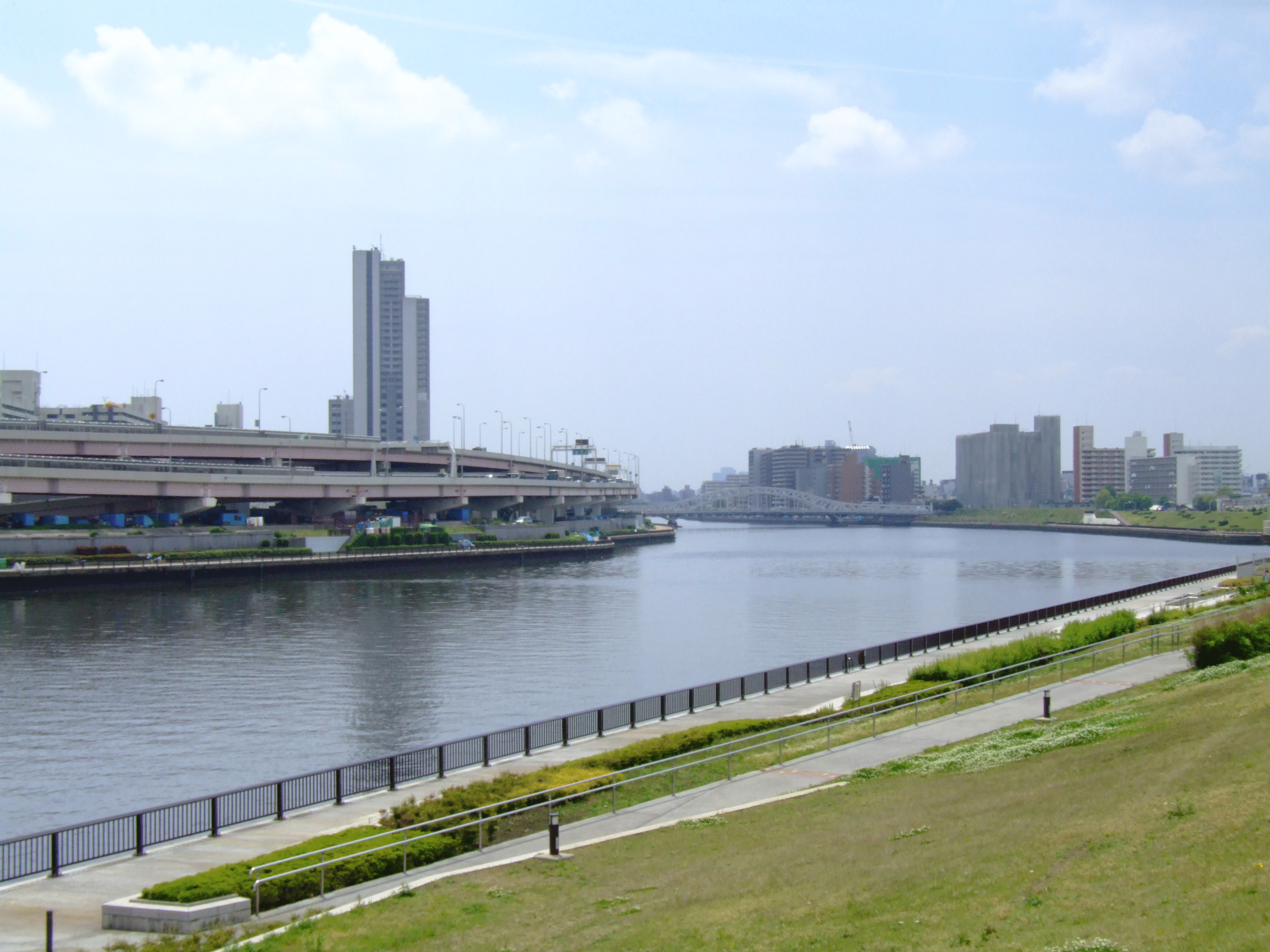
Sea bass migrate up the Arakawa and Tamagawa on spring tides. Locals will often cast soft plastics beneath bridge lights after coming home from a tough day at work.
Family-Friendly Pay Ponds
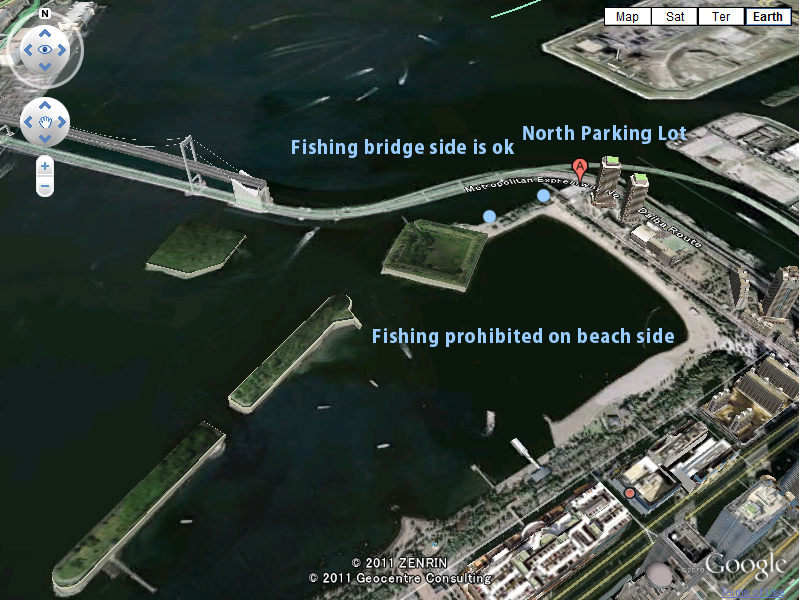
Shinjuku and Odaiba ponds stock rainbow trout and grill catches on site—ideal for beginners.
Chartering Tokyo Bay
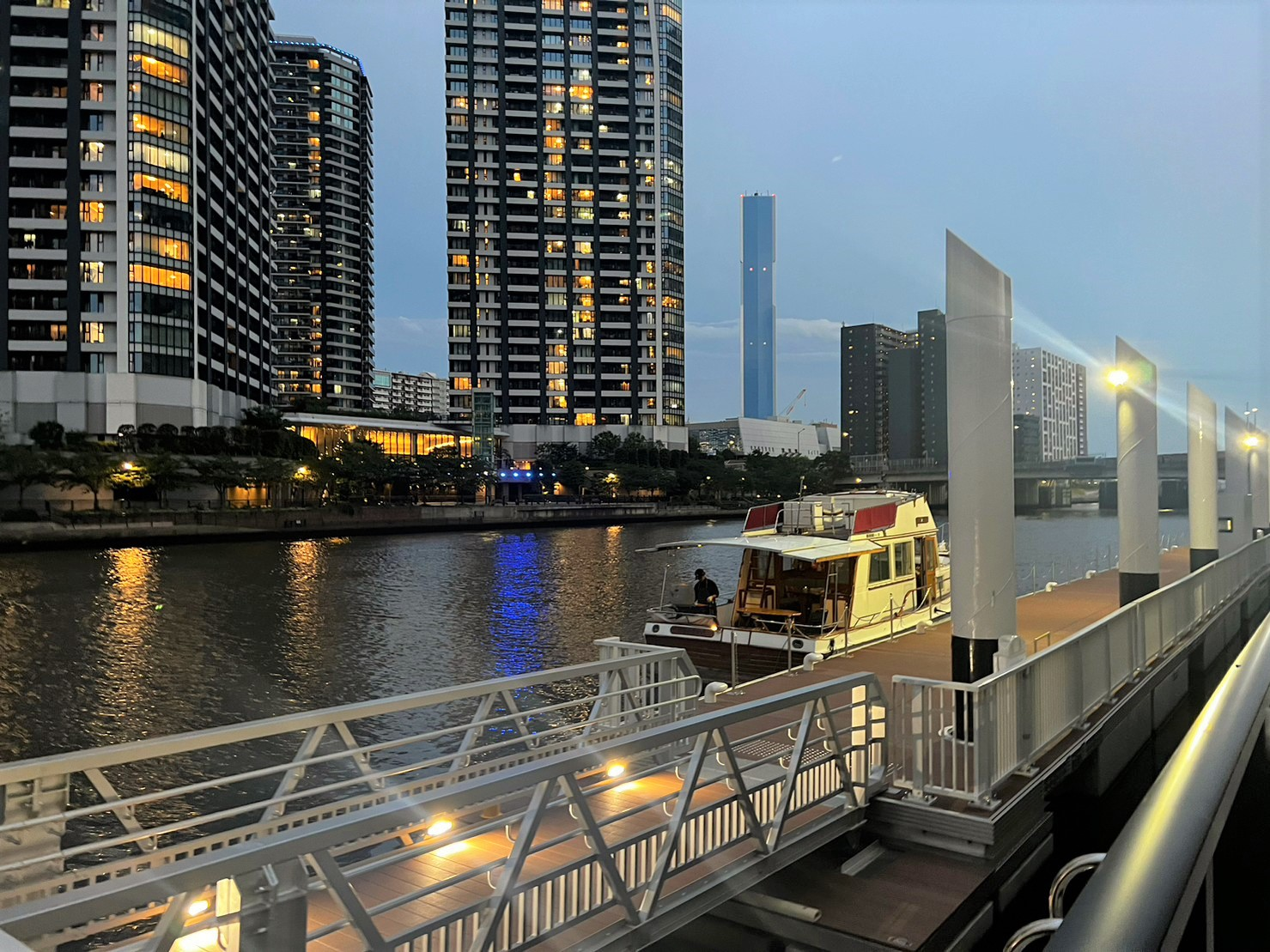
Half-day boats are available to chase flounder or snapper from Kachidoki Pier. Crews speak basic English and pack your fillets for sashimi.
Licences, Etiquette, and Legal Basics
River Licences
Prefectural co-operatives manage freshwater rights. Wear your one-day or seasonal badge before casting.
Sea Regulations
No licences are required offshore, but size limits of caught fish do matter — for example, flounder under 30cm must be released. Coast Guard spot-checks are common at docks.
Essential Manners
Keep your voice low at dawn, hose piers down after cleaning fish, and take all line scraps home. Remembering to practice some smallcourtesy will win locals’ trust quickly.
Gear, Guides, and Useful Phrases
Rent or Buy?
Casual anglers can rent full setups for ¥3,000–¥5,000 per day. All you need to do is ask for a rental setto.
Hiring Guides
Certified river guides (¥20,000–¥30,000 per day) can arrange permits, transport, and basic translation. Listings appear on bilingual sites, like FishingBooker.
Tackle-Shop Japanese
- “Esa wa arimasu ka?” – Do you have bait?
- “Kashikan dekimasu ka?” – Can I rent a rod?
- “Kore kicho-wa nan-bon desu ka?” – How many hooks does this rig use?
Common Species You Might Encounter
Freshwater
Rainbow trout, char, and carp dominate alpine lakes, whereas tilapia thrive in Kyushu’s warm canals.
Saltwater
Sea bass, flounder, and squid cling to the Japanese coastlines year-round. Indeed, in thewinter, squid jigging is a midnight ritual.
Deep-Sea
Summer off of the coast of Okinawa can yield yellowfin tuna exceeding 40kg; Shizuoka’s autumn charters hunt record amberjack.
Plan Your First Trip
- Choose between mountain tranquillity and salt-spray thrills.
- Check seasonal calendars, then secure permits or charters well ahead.
- Practise a few Japanese phrases: after all,nothing breaks the ice faster on deck.
The journey to the water is as cherished as the catch itself. Tight lines!

